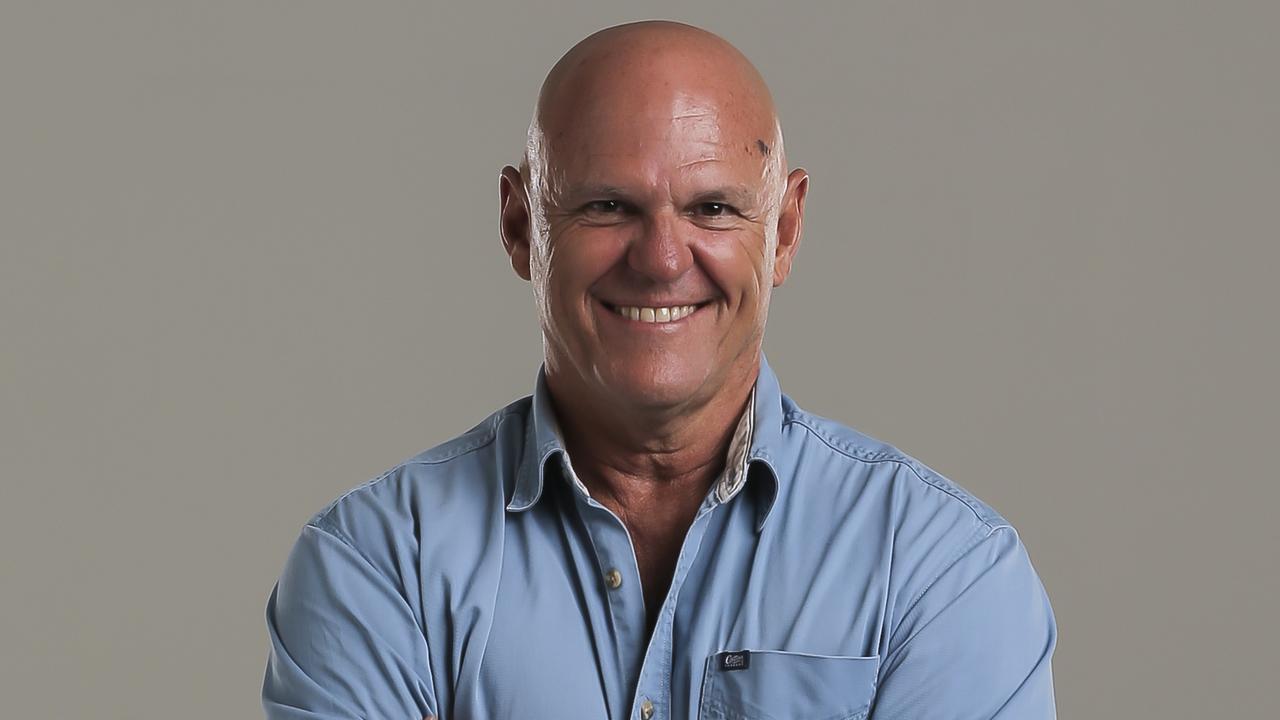Concern about SEQ growth is real and should be addressed
IT’S easy to dismiss people who are concerned about the inevitable growth of southeast Queensland as afraid of change, or NIMBYs. But the root of their concern should be addressed, writes Chris Mountford.
Opinion
Don't miss out on the headlines from Opinion. Followed categories will be added to My News.
WHAT we’ve got here is a failure to communicate. It’s easy to dismiss people concerned about the inevitable growth of SEQ as afraid of change — or as many in the planning and development professions like to call them, NIMBYs.
I am as guilty as anyone of thinking, “If only people understood the importance of maintaining a level of housing affordability for the next generation!” or “Don’t people see the jobs and economic opportunity this growth creates?” and finally, “Aren’t people excited about the great new places that are being created for us all to enjoy?”
EDITORIAL: LEADERS NEED TO THINK AHEAD
SOUTHEAST’S BOOMING POPULATION HOTSPOTS
But the concern about growth is real, and we should dig a little deeper to think about its root cause. After all, SEQ’s growth is not just inevitable — it’s foreseeable. This gives us the opportunity to learn from the mistakes in places like Sydney and forge our own path to great growth.

This foreseeability begs the questions, are we providing people with the information to see what this growth will mean for them? Are we giving them confidence this growth will at least maintain the region’s liveability? The answer to these questions must be a resounding no.
Infrastructure is a perfect example of this disconnect.
As expressed daily in media reports, much of people’s apprehension stems from a concern about the impact future growth will have on the infrastructure they rely on daily.
Unfortunately, no amount of googling will help you find out what infrastructure is proposed in your local region in a concrete and digestible way. You will need to navigate federal priority lists, state infrastructure plans, pipelines and departmental works programs, local council and utility provider plans.
And then you need to overlay this with election commitments at all three levels of government. In an age of interactive maps at your fingertips, you had better be prepared to read and cross-reference dozens of sources.
The editorial in The Courier-Mail on October 10 is absolutely correct. The link between land use planning and infrastructure delivery is not only weak, but it’s incredibly fractured and poorly communicated to the community. No wonder they are concerned about growth.
With the population of SEQ expected to boom by a further 1.8 million over the next 25 years, we must take steps now to build public confidence in the management of future growth.
A new instrument is required that spells out clear infrastructure delivery expectations for the community and provides the public with a means to hold governments to account.
Global cities expert Professor Greg Clark examined SEQ’s growth challenges in the Property Council’s recent Creating Great Australian Cities report. He identified “infrastructure and growth compacts” as the tool for the job.
These compacts are spatially focused, rather than the traditional portfolio-focused infrastructure plans.
They would act as an accord between government, industry and the community that unpacks the complex and clouded planning matrix into a clear and transparent delivery schedule.
In a SEQ context, infrastructure and growth compacts could provide local to regional-scale interactive maps of the projects planned, along with corresponding population growth triggers for when each piece is needed. From footpaths to freeways, you could see it all.
The model would provide greater certainty to the community and demonstrate a commitment to maintaining liveability. Local residents would be more likely to welcome necessary infill development when they have an iron-clad commitment that it will result in new bus services, intersection upgrades, parks or other local priorities being delivered.
These compacts would also require government agencies to co-ordinate, prioritise and masterplan. The benefits of this co-ordination alone surely make the concept worth considering.
Chris Mountford is Queensland Executive Director of the Property Council of Australia


